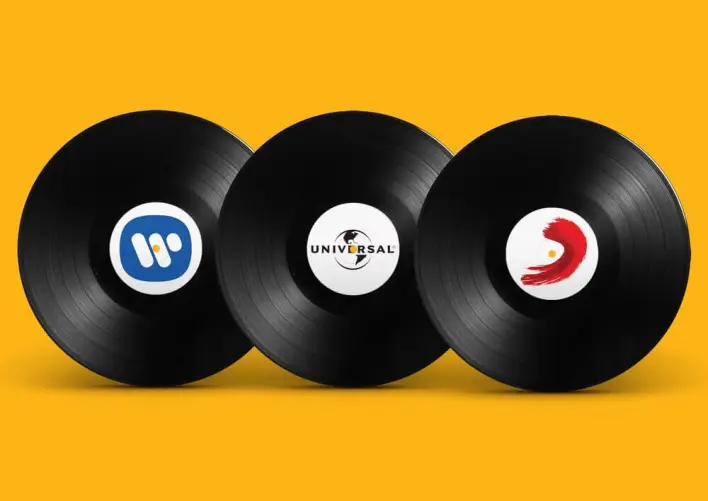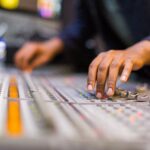If you are a musician or really want to learn about the ins and outs of music, starting a record label is an amazing way to create your own business. Depending on what kind of music you’re looking for, there is an option available for you.
With this knowledge in hand, it’s time to start thinking about what kind of company you might want to start. You will need to form some type of company that can produce releases at both the national and international levels. This can be done by going through legal means or forming a non-incorporated entity so that there is less paperwork involved.
How Record Labels Work
A record label is a business that only releases music of its own promotional company. This can be done through a combination of an artist or band and the record label releasing its own music. The majority of record labels are owned by a producer, music publisher, or music executive.
Major role players in a record label include artists, producers, and songwriters. Larger record labels often have subsidiaries that work with in-house artists to produce music for record labels. The structure of a label can vary a bit. A big label is going to have a lot more employees and can afford to pay out a little more in royalties than a small one.
Major record labels are often viewed as the “big boys” of the music industry. They have many aspects of artists, financial management, promotion, marketing and even legal representation on their shoulders.
The general process for how record labels work is that an artist or band creates music and the label is responsible for the promotion around it.
Check out: How to Get Signed in 2023: Getting a Major Record Deal
Major Labels VS Independent Record Labels
When it comes to the difference between Major Record Labels (Sony, Universal Music Group, Warner Bros) and Independent Record Labels (Top Dawg Ent, Mass Appeal, Stones Throw Records) they all have the same major responsibility to promote and distribute artists. This means that they supply everything from songwriting, production, marketing, publicity and/or distribution.
Major Record Labels sign new bands and artists to their labels. Major Record Labels also sign music publishing companies so that the songs/tunes being recorded under a major label are copyrighted to the record label/publishers as opposed to a band member or artist themselves.
Majors are called Majors because they are the primary sources of sound recording in the United States. Usually, Artists wish to get involved with Majors because of better promotion and distribution. They also have a much better network to get your music heard by a large number of people.
Major record labels offer a long-term deal to artists/bands that they choose to sign, while Independent Record Labels will offer much less in terms of royalties, promotion, or marketing.
Indie Labels, on the other hand, do not have the massive budgets to promote artists. Indie Labels rely on their reputation within the music industry and their ability to work with artists, mastering engineers, etc.

Kendrick Lamar &Top Dawg CEO Anthony Tiffith
Not everyone needs a Major label though. Top Dawg Entertainment is widely considered Hip-Hop’s greatest label. They’ve become successful through the guidance of hip-hop legend Kendrick Lamar who sets the standard of excellence for the label and the music industry as a whole. This is where you want to be if you want to succeed in the music industry.
In the middle of a record label stands an A&R. An essential piece of the puzzle.
The Importance Of A&R’s
A&Rs are an integral part of a record label. They are a vital part of the business because they scout talent, determine what kind of music will appeal to their target audience, and how much to pay for the talent.
A&Rs work with outside producers who create the recorded product that is delivered to radio stations, retail chains, etc. Record labels are sometimes owned by radio stations or directly connected through guarantees and/or cross-promotions. This is done by paying radio station DJs or their program directors to play certain songs on the air.
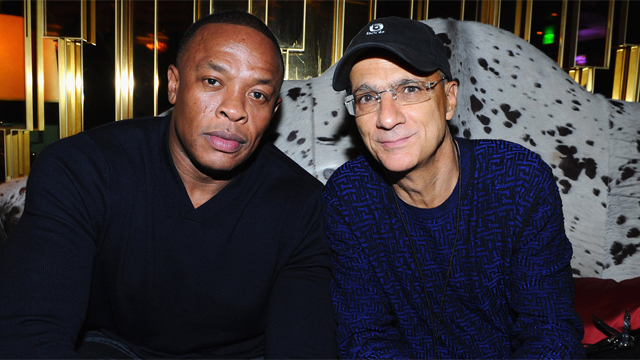
Rap Legend Dr.Dre and Record Executive Jimmy Iovine/ Getty Images
The most infamous A&R in rap is Jimmy Iovine. Iovine is the quintessential A&R for Hip Hop that everyone should study. He financed and worked with everyone from Tupac to Eminem.
In the documentary “The Defiant One” it is shown that Eminem’s first album was not a hit until Iovine convinced Steve Stoute to switch up the marketing campaign. Stoute switched from a hardcore Hip-Hop campaign to a more commercial one focusing on how Eminem’s lyrics were so “real.” This advertising campaign worked and it sold millions of albums.
Jimmy Iovine was also linked as the reason why 50 Cent signed with Aftermath Entertainment/Interscope Records because of this article saying Jimmy Iovine didn’t care for him as an artist previously.
Iovine is the prototypical example because he is the one who is responsible for putting artists like Dr. Dre, Snoop Dogg, and Eminem on the map.
In the Netflix documentary “The Defiant One” it is shown that Eminem’s first album was not a hit until Iovine convinced Steve Stoute to switch up the marketing campaign. Stoute switched from a hardcore Hip-Hop campaign to a more commercial one focusing on how Eminem’s lyrics were so “real.” This advertising campaign worked and it sold millions of albums.
Jimmy Iovine was also linked as the reason why 50 Cent signed with Aftermath Entertainment/Interscope Records because of this article saying Jimmy Iovine didn’t care for him as an artist previously.
Another example of an A&R is Dave Mays from Elektra Records. From the early 1980s to 1996, Dave Mays signed and developed some of the most important bands in American history. This included Nirvana, Ministry, Soundgarden, Bad Brains, Alice In Chains, and Black Flag.
A misconception about A&Rs is that they are only responsible for coming up with hit records. This couldn’t be further from the truth as it is just as much an art as it is an opportunity to make money working with music.
The A&R producer then often meets with the artist and makes sure their style is compatible with their sample libraries. After recording, they send the finished product to a mixer or engineer for final mixing and production. The A&R producer does all of this without a large staff that would be needed if records were being recorded as a separate business unit.
A&R is responsible for the artistic growth of the artist. They manage an artist’s career and decide what songs to release, what merchandise to create, and where to go next in an artist’s career.
Recording artists – Record labels are not limited to recording artists only as that is the majority of their business but can also include producers, writers, and composers. A producer is also an A&R.
Distribution & Licensing
Licensing and distribution are two of the most important areas of a record label. This is where the money can be made. Most artists that are signed to record labels will get a percentage of the sales from all works that they make. This can amount to large sums of money in addition to royalties for recording revenue.
In fact, in order to be successful with your music, you are going to have to license or distribute it to publishing companies. This gives you another revenue stream as well as the ability to sell merchandise.
Licensing is an area that is very misunderstood and it can be a very powerful tool for your business. The most common genre for licensing is urban music but there are a lot of options that will help you with your music.
When you license your music to a publishing company is means that they own the right to use and reproduce your music in their business. A good example of this would be a TV show on cable. They most likely own the right to play your song at the end of each episode.
Licensees are going to pay you or your publishing company a large sum of money for that right. This is why many artists are unable to make it in this business as many don’t understand how much money it is available for music licensing in urban music.
In the United States, performing rights organizations ASCAP, BMI, and SESAC are responsible for paying royalties to music publishers and songwriters. The same type of organization exists in most countries around the world.
Streaming and Album Sales
When it comes to streaming and album sales, the money is split between the artist and the record label. The record label gets a percentage of the streaming revenue, while the artist gets a percentage of the album sales. The artist typically gets around 67% of album sales revenue, while the record label takes in around 33%.
That’s right – income was divided between nearly equal parts between both parties in 2012. One party was getting nearly 67 percent of all money, while another party received about 33 percent of it.
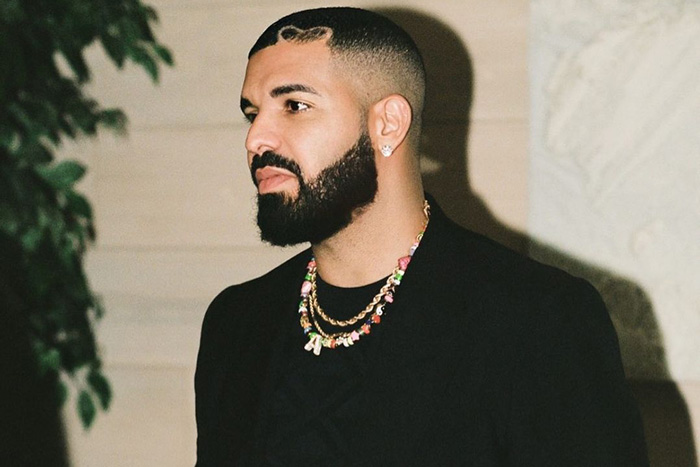
Drake via Instagram @champagnepapi
Pop mega-star Drake is said to receive 75% of the revenue generated from his music, leaving the remaining 25% for the major label Universal Music Group. He also takes home 60% of merchandise and touring.
Payouts from Spotify are extraordinarily low. Artists reportedly earn $0.003 per stream. According to Spotify, Drake has accumulated 28,000,000,000 streams! The payout model (Total Streams x $0.003) estimates Drake has generated $85 M in Spotify royalties alone.
The estimated $85M number is about 1/5 of the total $400M that Drake has earned from his music career. This means that Drake has likely earned a total of $375 M from his music career.
Because Spotify pays out royalties to both artists and labels, a rough estimate for Spotify’s revenue can be determined by assuming that each artist and label receives on average 60% of the total payout. Considering how much an artist gets per stream, it is likely that Drake receives at least 10% of the total revenue.
Spotify’s overall revenue for 2016 was approximately $3 Bn.
Marketing & Promotion
The most important push an artist needs is through marketing and promotion. This is the process that helps shows other artists and fans what you have to offer.
Marketing is very expensive in this country because of television commercials. This is not the case for all countries as many won’t allow TV commercials for music videos. It can be very difficult to get a song played on the radio if it has never been released on TV first.
Radio stations are also owned by corporations and they are looking to make a profit.
When you get your music played on the radio, more people will hear it. This will lead to more sales of the song/album so that you can make money.
There are four main types of promotion that you will find in the industry.
Artist Development and Management
In the industry, contracts also exist between managers, producers, and artists (where they are similar to A&R roles). Oftentimes, these contracts have specific guidelines for payments and other issues. They also often contain provisions for what can or cannot be said about a particular artist’s career during a contract period.
Agreements about how music gets published are also important as we have already covered. Digital rights management (DRM) is a set of techniques that allow digital files to be shared by a group of people but not duplicated by the individuals that received them.
Recorded music and its recording are protected under copyright law in the United States and elsewhere around the world. What this means for a record label is, that they have the right to use their recording of a particular artist in any way they see fit.
When that record is purchased, it is a license for the purchase of a recording that will eventually be paid back to the artist and record label as we already discussed.
Record Labels and Their Bad Reputation
What you have to remember about record labels is that they are not known for making money. Their main goal is to get music heard and eventually, successfully promoted. If they do this then the artist will make money.
The only way to make money in this industry is by being a successful artist. Historically record labels have been lucrative, however, the internet has changed this. There are now many alternative methods of making money in the industry.
The internet has made it possible for independent and semi-independent artists to more easily connect with fans, get the media attention of their work and receive their royalties.
Majors have developed a terrible reputation for robbing their artists blind, making them work for peanuts, and not caring about their well-being.
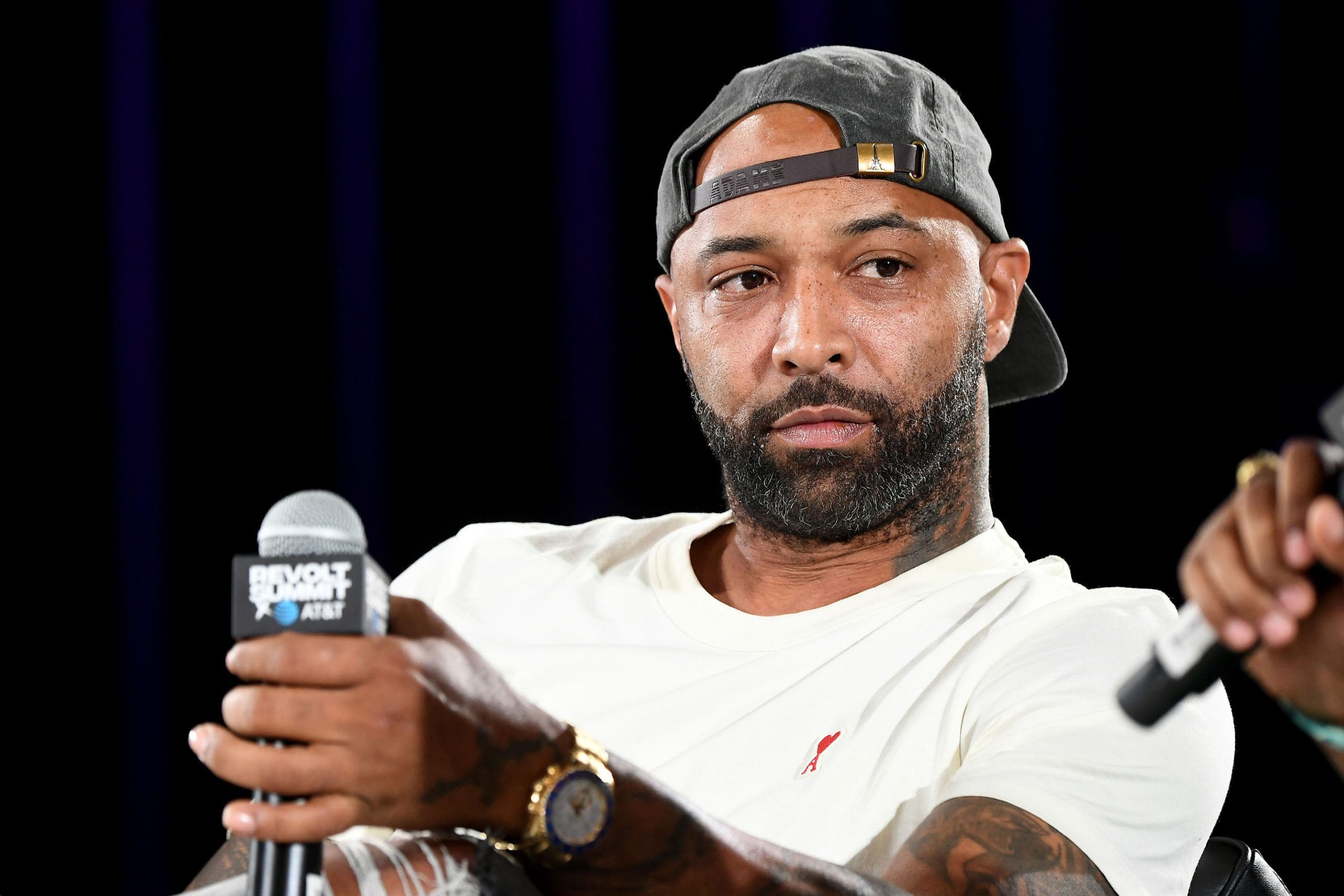
Joe Budden – Photo by Paras Griffin/Getty Images for Revolt
Joe Budden, the former rapper turned media personality was infamously robbed by Def Jam Recordings through shady contracts. The former rappers contract read , “Def Jam Recordings shall be the owners of said master tapes, including ownership in all copyright and publishing there-in”. Therefore when it came to splits of revenue, the label ultimately decided how much they would pay Joe. He and many others never truly reap all that they sow.
Another popular example is rapper Meek Mill who was able to get his contract taken care of by the justice system. This is not always a guarantee that you will be able to get your publishing rights sold.
Artists have been getting robbed blindly left and right since the beginning of the music industry, but it is a major problem with modern business models. The most common reason for artists not being able to profit from their own music is because of the publishing rights and contract issues that we already covered.
If you sell your publishing rights on iTunes, for example, then the Apple Store will take 45% of everything that is purchased from there. This is a huge loss for all consumers.
With the bad reputation being widely spread through the internet, artists are smartening up and either turning independent entirely or committing to independent labels. The majors are still important, but they are being replaced by independents.
The majors may continue to have their power and influence, but independent labels are just as important to the music industry as they ever were.
From 1993-1999 the music industry grew from $4.6B to $16.2B, which is an average of 11% growth per year. However, from 1999-2009 revenue only grew 9% and then fell 7% in 2010 and 15% in 2011 due to file sharing through P2P services.
Conclusion
In conclusion, the music industry has changed dramatically over the past twenty years. It is no longer a dream job for all artists, but an actual career path that pays well and is as rewarding as any other professional field that you would choose to pursue.
All in all, record labels are just a business that you need to be aware of. They aren’t there to screw artists over; when they make money, the artist makes money. Don’t let what others say hold you back from becoming a success in the music industry.
This doesn’t mean that you should pursue a record label contract if it doesn’t make sense for your situation. Most professionals recommend pursuing an independent career if possible. If you’re aware of how to music business operates, then you should be able to make a decision that makes you happy with your music career.
Some artists have had great successes working for record labels but others have had negative experiences and turned independent.
The important thing you need to remember about the music business is that it is always changing. There are many different ways to do things, which makes it difficult to predict

